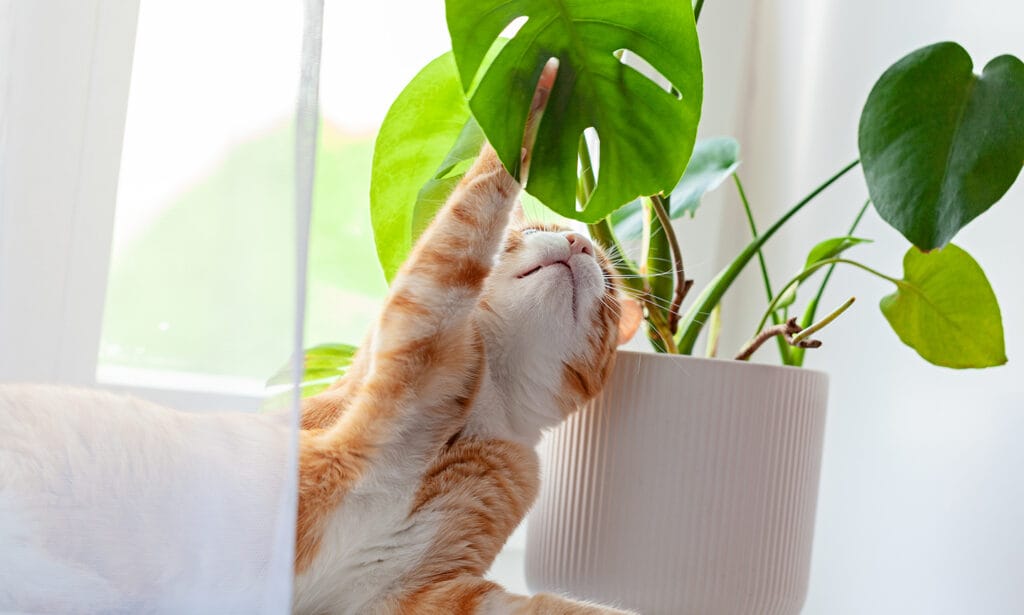Cat Safe Air Purifying Plants: Best Non-Toxic Options for Your Feline Friends
Introduction:
It’s now common knowledge that everyone would need their surroundings to be clean and fresh just as necessary. In any case, filling your house with these wonderful plants offers a maximum opportunity to eliminate indoor air pollution, enhance the quality of the air, or add a beautiful touch of green inside your home. Nevertheless, if you are a cat owner, it is critical to choose the right plants to be around your home. It is very important to know that there are plants that are fatal to cats and should not be within reach of cats. Fortunately, there are several air-purifying plants that are not toxic to your cat and at the same time, they will make a difference the quality of air in your house.
Here we will discuss which plants are not toxic for cats, how effective they are at purifying the air and where and how to the plants safely within the home.
Understanding Cat safe air purifying plants:
What Is an Air-Purifying Plant?
Some plants can actually clean up the air inside homes and offices by eradicating certain gases and producing oxygen. The NASA Clean Air Study conducted showed that several typical houseplants are efficient in filtering indoor air and the identified chemicals include formaldehyde, benzene, and trichloroethylene. These pollutants may originate from articles of use around the home including furniture, carpets and cleaning products are environmentally unfriendly and have health consequences.

Plants can purify the air in two ways:
- Absorbing harmful chemicals: Plants are said to purge indoor air of most of its toxins by drawing in the toxins through their leaves and roots.
- Increasing humidity: Some of the importance of plants are to release moisture into the air through a process called transpiration, which aids in increasing the humidity so as to avoid dryness.
But of course, since you have cats, it is wise that you check whether the plants you introduce to your home are safe for the cats.
Why Cat-Safe Air Purifying Plants?
When it comes to houseplants and cats, there are some crucial points to keep in mind:
- Cats often chew on plants: Cats are by nature very inquisitive and they might chew on leaves or have a dig into the soil.
- Some plants are toxic: Some common household plants that are toxic to cats include lilies, aloe vera, pothos, and others will make cats vomit or have diarrhea in the least or cause damage to the liver, kidney, heart, or lungs in the worst-case scenario.
- Cats can ingest toxins without you noticing: It is different from how humans will automatically demonstrate signs of a case of poisoning. At other times, symptoms of poisoning might come out a few days after consumption of the toxic plant.
If you opt for cat-safe air-purifying plants you can get the best of both worlds to enjoy clean air and keep your cat away from harm.
Non Toxic Plants for Cats to Have Around the House
Here are some of the best air-purifying plants that are non-toxic to cats, along with their benefits:
1. Spider Plant (Chlorophytum Comosum)
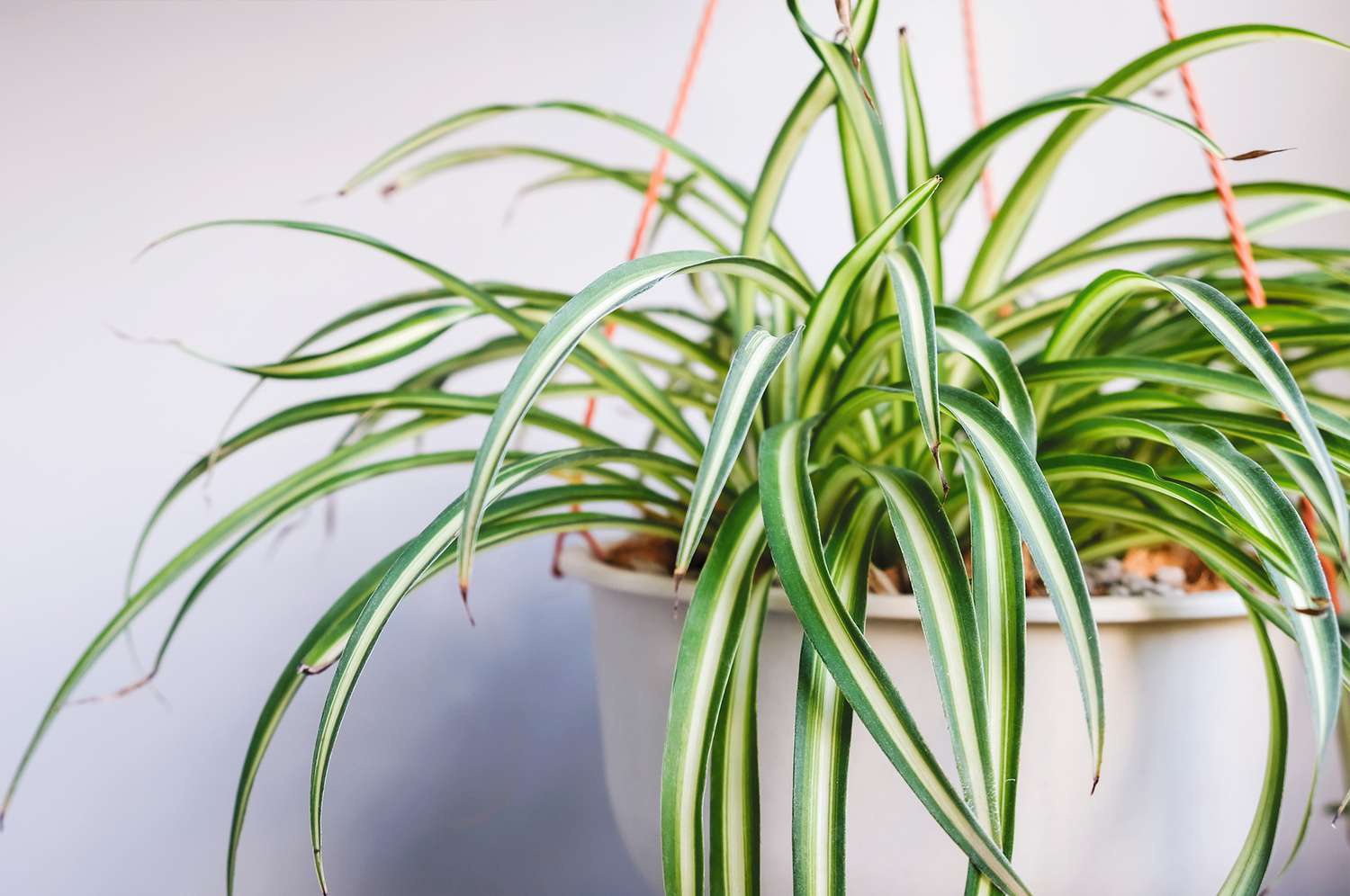
- Air-Purifying Benefits: Spider plants are particularly effective in the removal of carbon monoxide, formaldehyde, as well as xylene from environment.
- Why It’s Cat-Safe: It is quite safe for cats and if ingested by any chance then it will not harm the cat.
- Additional Tips: The spiderettes may swing and spin and your cats might like playing with them so it is wiser to put your plant in a place where the cat cannot easily get at it.
2. Areca Palm (Dypsis lutescens)
- Air-Purifying Benefits: Well-known in detoxing of indoor air by neutralizing pollutants such as formaldehyde, benzene, and xylene.
- Why It’s Cat-Safe: The areca palm is non-toxic to cats and can be a exciting plant for your cat to play with.
- Additional Tips: These plants require filtered, bright light and will do best placed near a window.
3. Boston Fern (Nephrolepis exaltata)
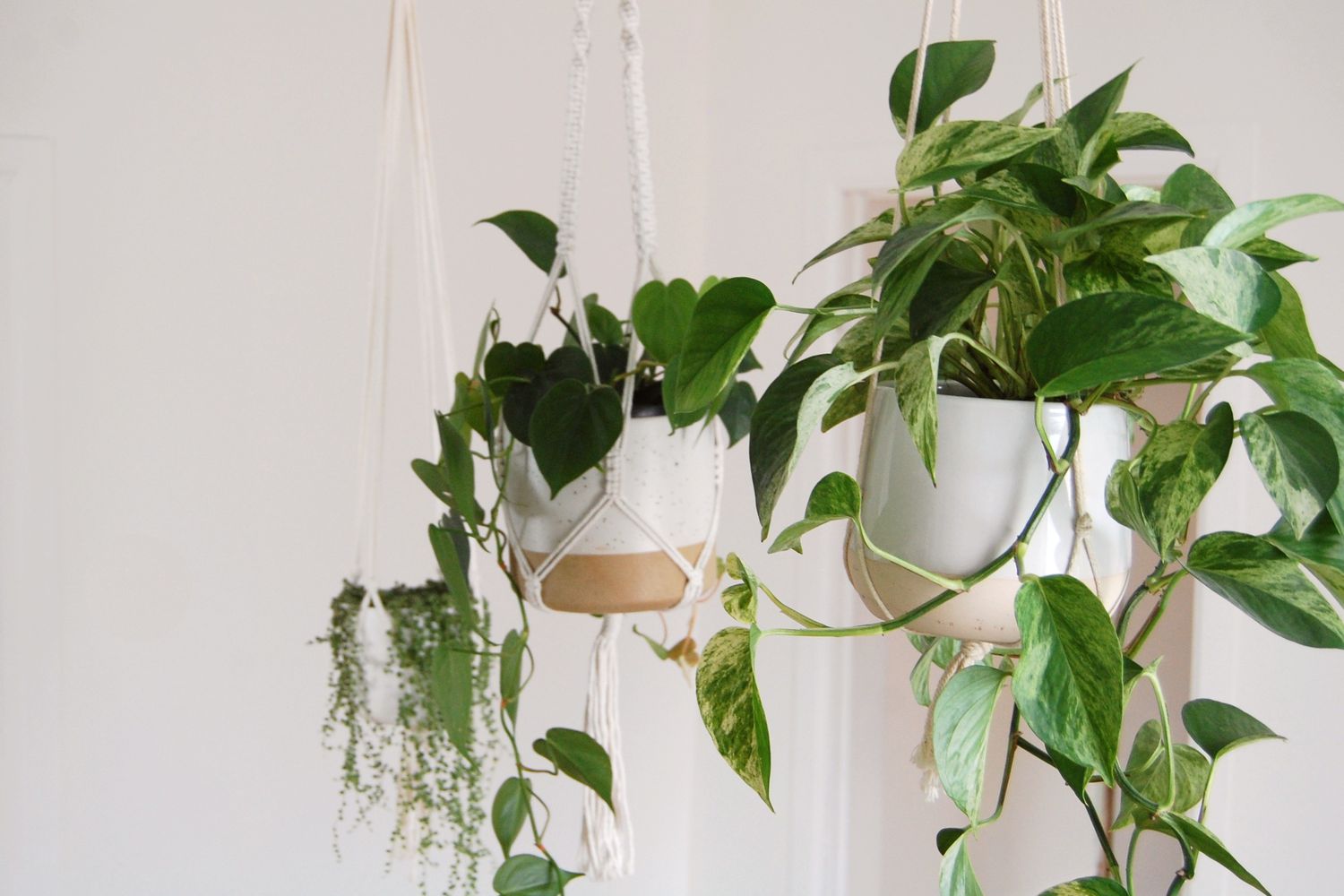
- Air-Purifying Benefits: Boston ferns are particularly good at the removal of formaldehyde and xylene from the interiors. They also work as a natural humidifier.
- Why It’s Cat-Safe: Many of the types available are safe for cats and this fern is an excellent ornamental plant to be put at home.
- Additional Tips: Boston ferns need some humidity and direct sunlight so water the plants frequently and locate them in a more humid part of the house.
4. Calathea (Calathea spp.)
- Air-Purifying Benefits: Some indoor air pollutants that calatheas are capable of remove from the indoor environment include; formaldehyde and benzene.
- Why It’s Cat-Safe: Calatheas are considered a safe plant for cats as well as they can be an attractive addition to your interior.
- Additional Tips: They need filtered light and should be placed in the bathroom or kitchen because the level of humidity in these rooms is higher.
5. Bamboo Palm (Chamaedorea seifrizii):

- Air-Purifying Benefits: Snake plants eliminate benzene, formaldehyde, and trichloroethylene from the air.
- Why It’s Cat-Safe: Bamboo palms are virtually navy for cats which means these are safe for cats as well as for families with felines.
- Additional Tips: It is best grown in low to medium light, which makes it ideal to grown indoors where there is little light.
How to Use Safe-for-Cats Air-Cleaning Plants at Home
After you have decided on the specific plants you actually require as cat-safe air-purifying plants, you will then need to determine their particular placement in the house, to benefit from them while not exercising the cat.
1. Place Plants Out of Reach
While all the plants mentioned here are toxic to cats, it is financially wiser to avoid planting them. So while cats like to bite on things, and these plants are not toxic, it’s better not to have the cats upset their stomachs.
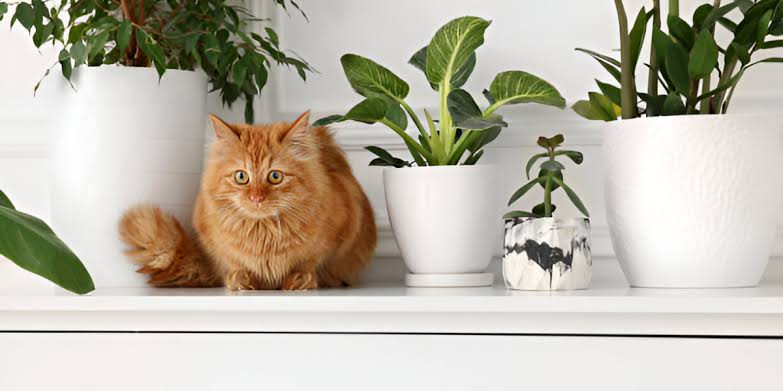
- Use hanging baskets: Couches–some plants can harm the pet if placed at their close reach; thus, they should be placed in hanging baskets or wall-mounted planters.
- Put plants on high shelves: Keep plants in such locations that your cat cannot have access for example placing them on bookshelves or tall plant stands.
2. Cat-Friendly Containers
When selecting containers for your plants ensure that they are strong and well fixed. Sometimes cats knock over pots that are less in size and these could be horrifying to both the plant and the cat.
- Heavy ceramic pots: Choose pots with weight so that the cat cannot knock them over with their paws.
- Plant pot covers: It’s thus advisable to use pot covers with lids or mesh coverings to discourage your cat from disturbing the soil.
3. Adicht on Your Cat’s Behaviour
If your cat begins to show any interest in what you are hosing down then you should observe it more closely. Some cats like to bite plants, which, despite being not toxic, are still on the list of forbidden objects for pets to chew on. You can stop them by using safe sprays such as citronella or moving the plants to parts of the house where your cat rarely goes.
Review of Safe Cat- Friendly Air-Purifying Plants
| Plant Name | Air Purifying Benefits | Cat-Safe | Light Preference | Maintenance Level |
|---|---|---|---|---|
| Spider Plant | Formaldehyde, Carbon Monoxide, Xylene | Yes | Bright, indirect light | Low |
| Areca Palm | Formaldehyde, Benzene, Xylene | Yes | Bright, indirect light | Medium |
| Boston Fern | Formaldehyde, Xylene, Humidifying Effects | Yes | Indirect light, humid areas | High |
| Bamboo Palm | Formaldehyde, Benzene, Trichloroethylene | Yes | Low to moderate light | Medium |
| Calathea | Formaldehyde, Benzene | Yes | Indirect light, humid areas | High |
FAQ:
1. What should one know about having houseplants?
Therefore, not all those plants that are grown inside the house are safe for the cats. Some very popular houseplants like the lilies, aloe vera and pothos are known to be toxic to cats and if ingested can cause poisoning. If you have a cat, never introduce a plant into your household without first looking up its toxicity level.
2. Can I just have air-purifying plants instead of getting an air purifier?
Thus, even if air-purifying plants also contribute to the better quality of indoor air, they cannot be a substitute for a true air purifying machine particularly for large rooms. They’re more efficient at minimizing specific pollutants in limited, aerated spaces. To achieve the very best air quality, plants can be accompanied by an air purifier.
3. What should I do when my cat swallows a plant?
If you got a feeling that your cat has ingested a plant, the best thing to do is to determine if it is poisonous. If so, you should call your vet or your local pet poison emergency helpline at once. Although the plant is safe for cats, observe your cat for any symptoms of illness.
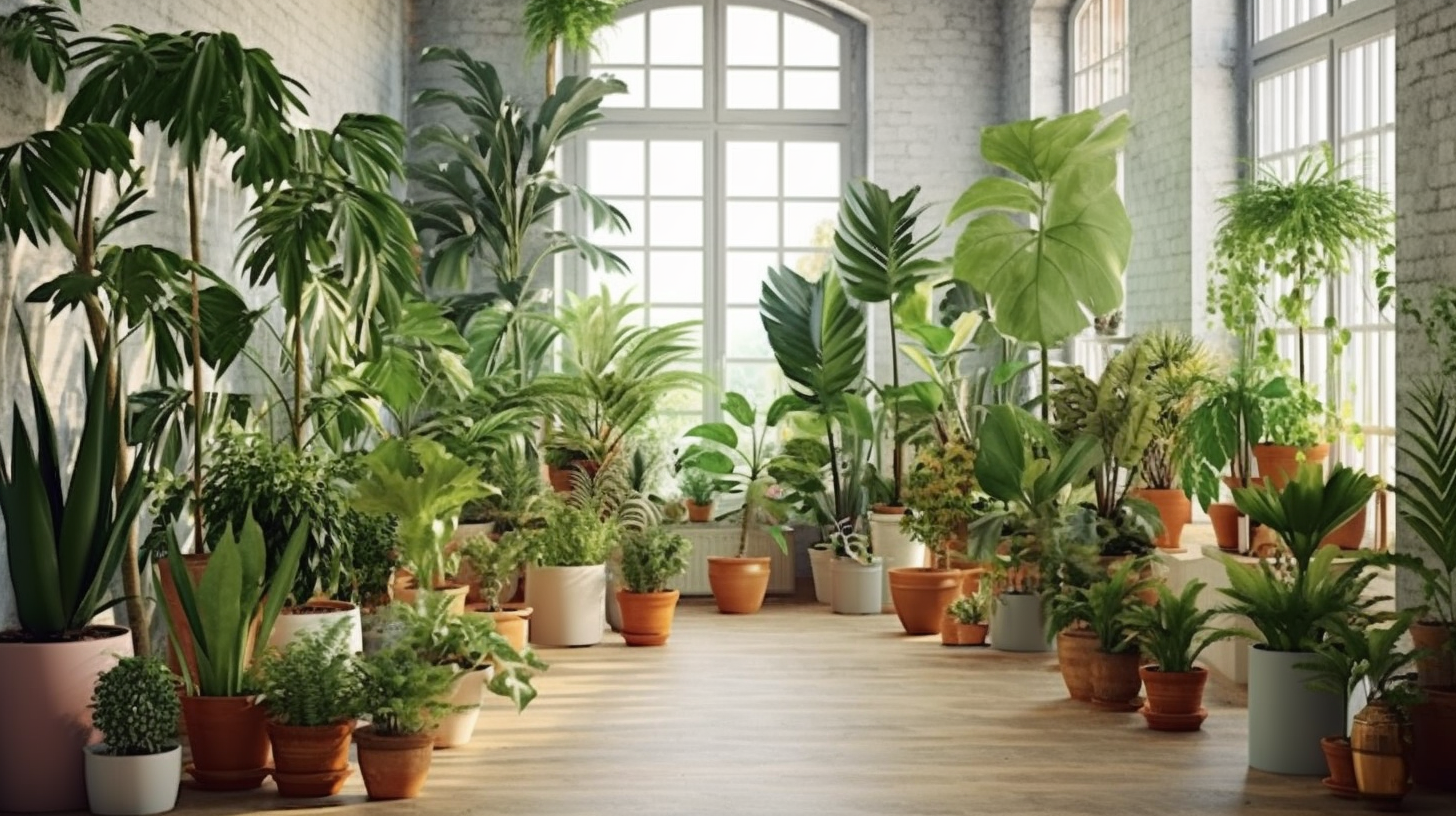
Conclusion
Cat-safe air-purifying plants are many and including them in your home will complement your interior décor besides protecting your cats. In addition to purifying the air and raising humidity these plants will also add a touch of natural beauty to your home. Therefore if you are careful when selecting the type of plants you want to be placed at the house and their locations then you can be able to have a healthier environment for your use and that of the cat.
You should always pay close attention to cat activity and safety and always must do your homework before introducing the incredible plants to your cats. Happy planting!

